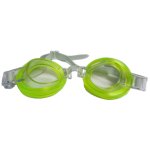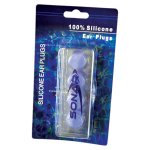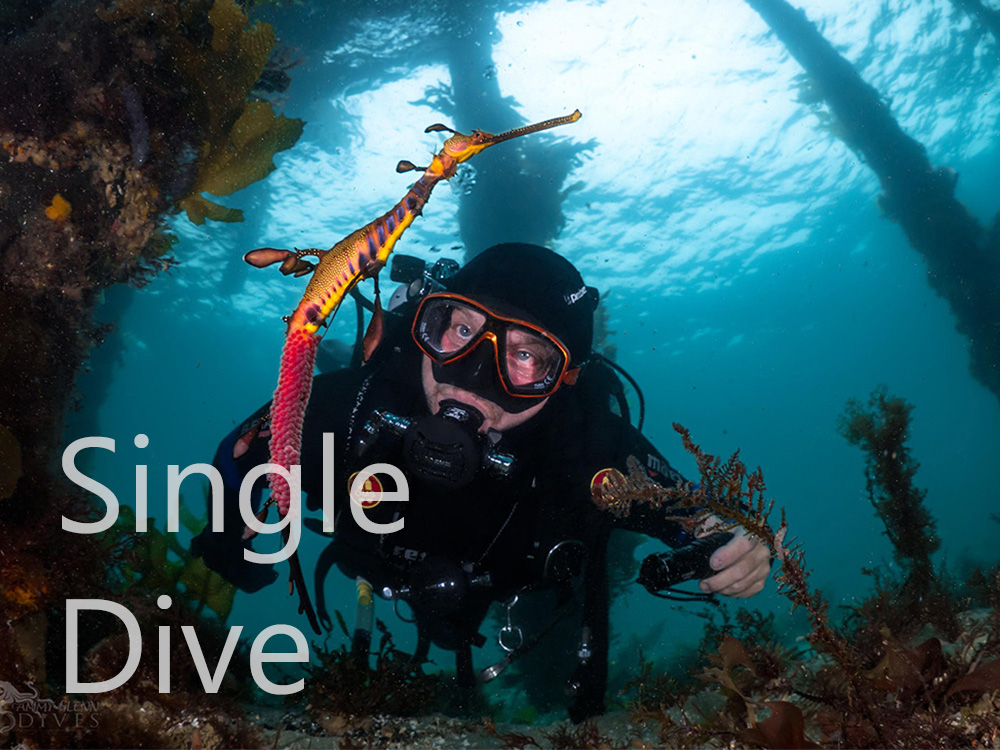Navigation
The Scuba Doctor offers a selection of quality products to equip kids - child and junior - for swimming in the pool or at the beach.
Cicada
![]() Wreck Dive |
Wreck Dive | ![]() Shore access
Shore access
![]()
![]()
![]()
![]()
Wooden Ketch | Max Depth: 2 m (6.56 ft)
The Cicada shipwreck lies in 1.6 metres of water about 130 metres off the beach at Safety Beach, Port Phillip. The site consists of an exposed area of bluestone and slate ballast, measuring 7.7 by 3 metres, lying on a north-west (bow) to south-east (stern) axis.
Location: Marine Drive, Safety Beach, Victoria 3936
MELWAY Ref: Page 160 A4
Parking: There are car parks on Marine Drive between where Point Nepean Road becomes Nepean Highway and Mason Avenue.
Entry/Exit: From the beach.
See WillyWeather (Safety Beach) as a guide for the tide times and the height of the tide.
Cicada Shipwreck History — Built in 1877
The Cicada was a wooden ketch of 35 l-ton (36 t), built in 1877 in Huon, Tasmania, and originally named the Gertrude. The vessel was 67.3 ft (21 m) in length, with a beam of 18 ft (5.49 m), and a draught of 5.2 ft (1.58 m).
Had traded in Port Phillip since 1888. During its lifetime had a succession of owners until 1918. Last owners engaged in an attempt to develop a fertiliser industry from peat, extracted from Tootgarook Swamp. The product was marketed under name of 'Cicada' — hence the name change from Gertrude to Cicada. Project not viable; works closed down. Cicada reverted to the carrying of timber.
Cicada Sinking — 9 August 1922
On its final voyage the Cicada left Melbourne bound for Rye and Sorento with a cargo of timber and sundries, and a crew of three. The Cicada was off Dromana when caught in severe westerly winds and being unable to beat off the shore, an anchor was dropped in the hope of holding her. However, with no abatement in the winds Cicada finally succumbed and began dragging its anchors.
The Cicada was wrecked on 9 August 1922 when it went ashore, landing high on the beach at Safety Beach, Dromana. Although the vessel stood erect, fully rigged, high and dry on the beach, little attempt was apparently made to refloat it in spite of earlier optimism.
Early in the 1920s kids would swim out to the wreck and climb all over it.
See also, Heritage Council of Victoria: Cicada, and
Australian National Shipwreck Database: Cicada.
Heritage Warning: Any shipwreck or shipwreck relic that is 75 years or older is protected by legislation. Other items of maritime heritage 75 years or older are also protected by legislation. Activities such as digging for bottles, coins or other artefacts that involve the disturbance of archaeological sites may be in breach of the legislation, and penalties may apply. The legislation requires the mandatory reporting to Heritage Victoria as soon as practicable of any archaeological site that is identified. See Maritime heritage. Anyone with information about looting or stolen artefacts should call Heritage Victoria on (03) 7022 6390, or send an email to heritage.victoria@delwp.vic.gov.au.
Traditional Owners — This dive site is in the traditional Country of the Boon Wurrung / Bunurong people of the Kulin Nation. This truly ancient Country includes parts of Port Phillip, from the Werribee River in the north-west, down to Wilson's Promontory in the south-east, including the Mornington Peninsula, French Island and Phillip Island, plus Western Port. We wish to acknowledge the Boon Wurrung as Traditional Owners. We pay respect to their Ancestors and their Elders, past, present and emerging. We acknowledge Bunjil the Creator Spirit of this beautiful land, who travels as an eagle, and Waarn, who protects the waterways and travels as a crow, and thank them for continuing to watch over this Country today and beyond.
Cicada Location Map
Latitude: 38° 19.519′ S (38.325313° S / 38° 19′ 31.13″ S)
Longitude: 144° 58.524′ E (144.975392° E / 144° 58′ 31.41″ E)
Datum: WGS84 |
Google Map
| Get directions
Added: 2019-06-16 15:23:42 GMT, Last updated: 2022-04-27 09:40:54 GMT
Source: Google Earth
Nearest Neighbour: Dromana Pier, 1,177 m, bearing 231°, SW
Wooden Ketch.
Built: 1877.
Sunk: 9 August 1922.
Safety Beach, Mornington Peninsula, Port Phillip.
Depth: 2 m.
[ Top ]
DISCLAIMER: No claim is made by The Scuba Doctor as to the accuracy of the dive site coordinates listed here. Should anyone decide to use these GPS marks to locate and dive on a site, they do so entirely at their own risk. Always verify against other sources.
The marks come from numerous sources including commercial operators, independent dive clubs, reference works, and active divers. Some are known to be accurate, while others may not be. Some GPS marks may even have come from maps using the AGD66 datum, and thus may need be converted to the WGS84 datum. To distinguish between the possible accuracy of the dive site marks, we've tried to give each mark a source of GPS, Google Earth, or unknown.
Copyright © 2005-2022 by The Scuba Doctor Australia, ABN 88 116 755 170. All rights reserved.
tel. +61 3 5985 1700 :: email. diveshop@scubadoctor.com.au :: Web site by it'sTechnical 2022


























![Halcyon Infinity 30lb System [SS Small Backplate] Halcyon Infinity 30lb System [SS Small Backplate]](/diveshop/images/halcyon/Halcyon-Evolve-Wing.jpg)














































































































